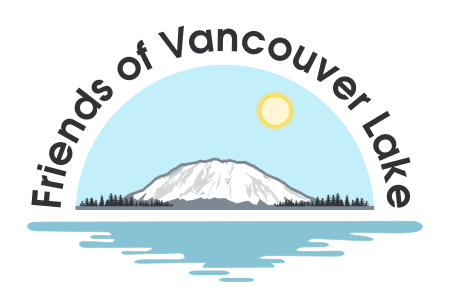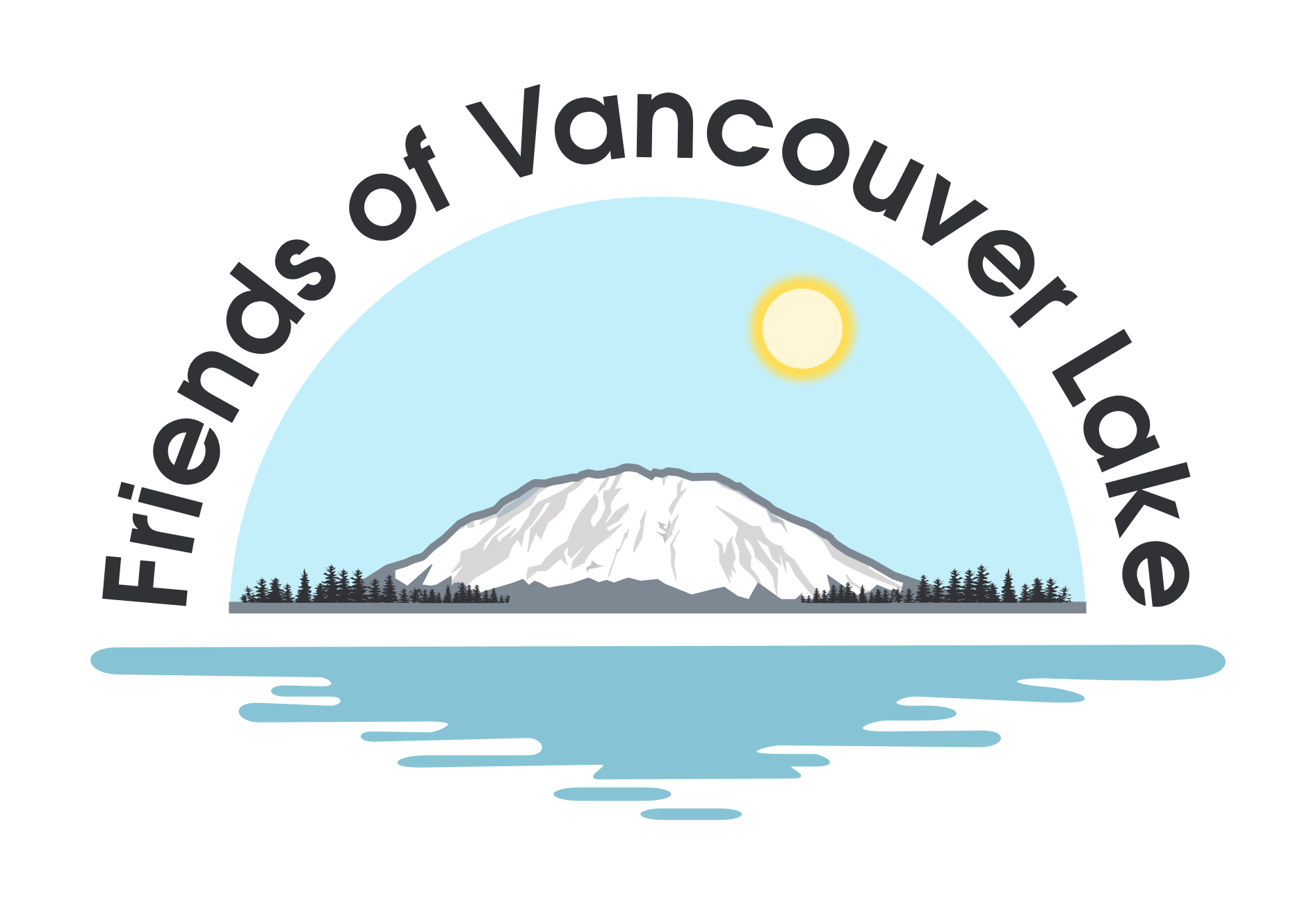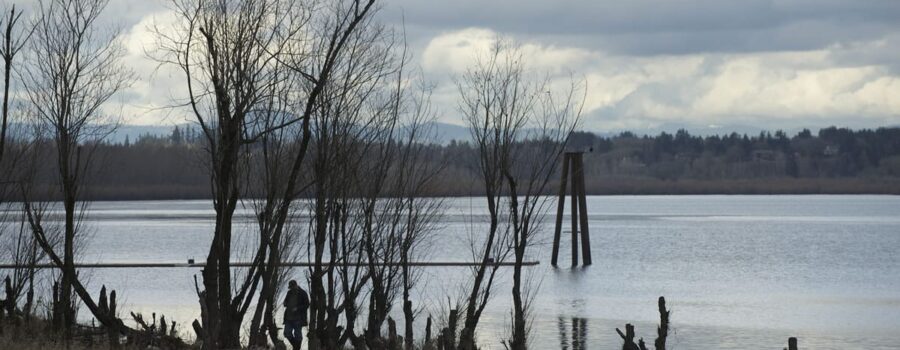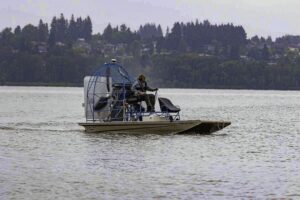A report published by the partnership in December offered a detailed summary of all the research the group has helped facilitate during the past 10 years. The document was intended to recap what the community has learned about the lake since the partnership was formed, said Ron Wierenga, a program manager in Clark County’s Environmental Services department. It’s also a way to show people what has been accomplished with all of the time and money that has been directed toward Vancouver Lake, he said.
“It’s a good idea to just sort of stop and assess where you are and look at what you know,” Wierenga said. “Doing that through this type of a report … it’s a good way to wrap all that up and give us a tool to communicate to people.”
Partnership beginnings
The partnership formed in 2004, largely in response to blue-green algae blooms that routinely closed the lake to the public and created a health hazard. Leaders hoped to gain a better understanding of Vancouver Lake’s problems, and what was causing them.
Among their findings: Those toxic blooms can occur naturally even in pristine lakes far from human influence. But blooms at Vancouver Lake are also fueled by nutrients that enter the lake from a variety of sources.
Studies also found the primary source of some of the lake’s pollutants is its connection to Lake River — not the troubled Burnt Bridge Creek, which also connects to the lake. The lake also struggles with turbidity and sediment buildup.




